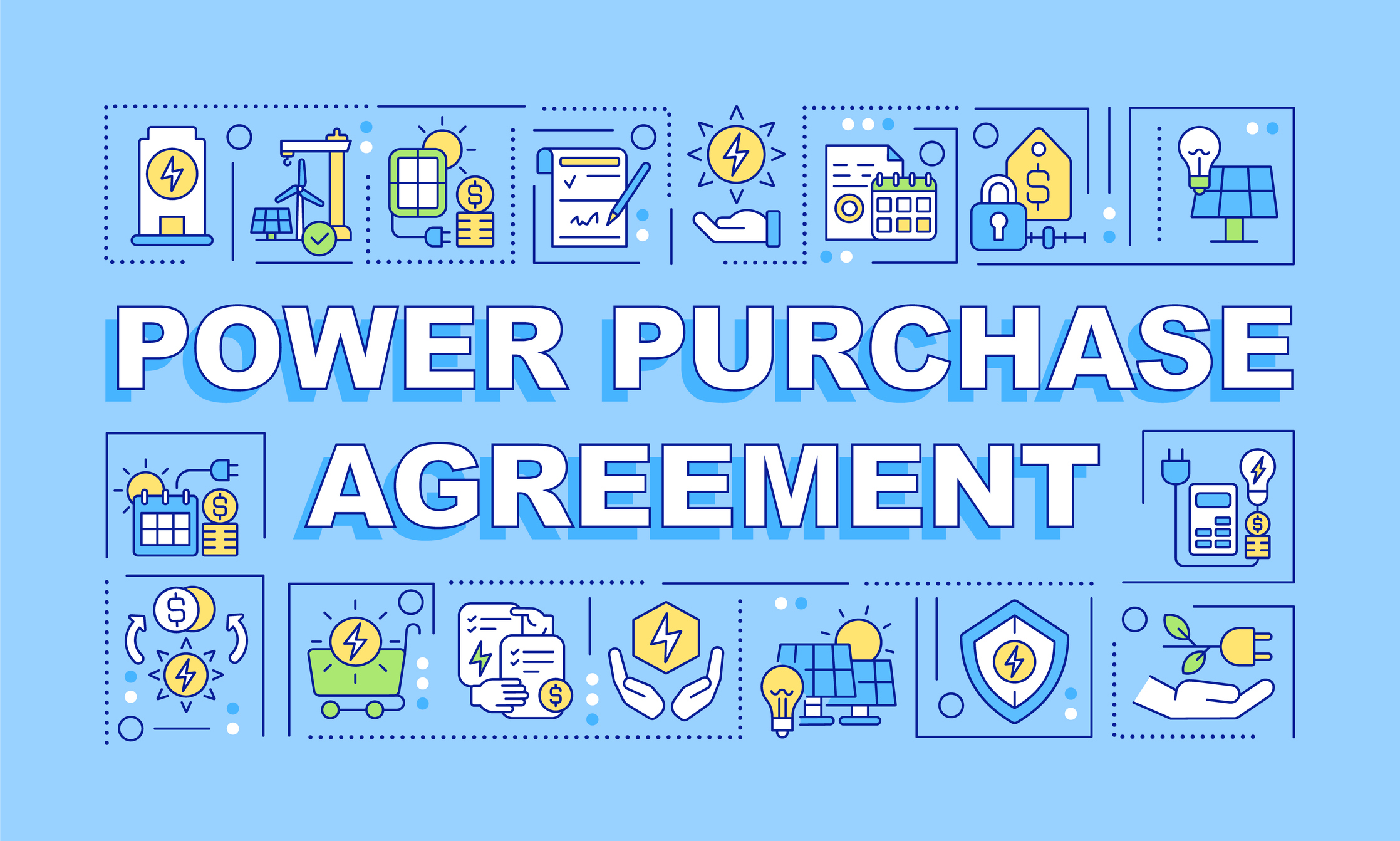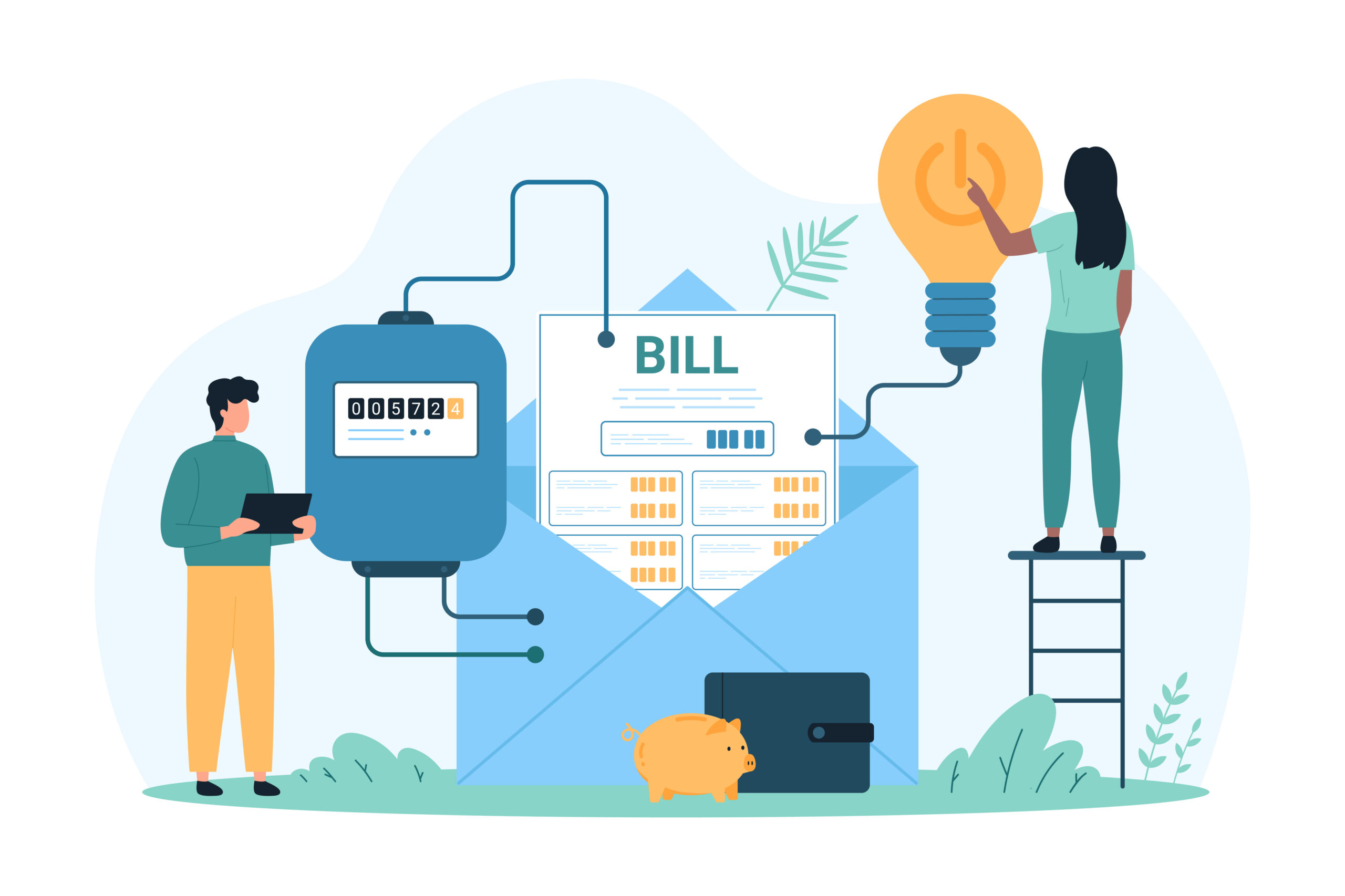Every year, the J.D. Power Electric Utility Business Customer Satisfaction Study surveys residential utility customers at large and midsized electric utilities to better understand what customers want and how utilities can provide those services. These studies yield valuable insights into the wants and needs of residential electric utility customers, helping utilities understand customer motivations and enhance branding awareness. J.D. Power found that 62% of customers were unwilling to support rate increases for any reason for utilities with weak brand appeal. With electric demand on the rise, demand flexibility programs such as demand response, EV charging, and virtual power plants have proven useful in meeting increased demand while mitigating high peak energy costs. A 2023 report from the Smart Energy Consumer Collaborative (SECC) found that 51% of customers surveyed showed positive interest in demand response programs; if customers are educated and informed about demand flexibility programs, they’re more likely to participate.
The Importance of Accurate Reporting
Earlier this year, MISO proposed updates to demand response reporting rules to minimize potential market fraud. In this case, these changes were designed as guardrails for consumers to ensure that energy providers accurately delivered on their energy needs, whether that’s in providing continuous service or, as in this case, to bid demand response into the greater energy market. Examples of utility reporting include reports required by law, required by Commission rule, and required by Commission order. In each case, there is a legal or regulatory requirement for utilities to satisfy their responsibilities.
While these requirements are legal or regulatory in design, reporting on demand flexibility initiatives, whether that’s through detailed analytics, bidding into the energy market, or forecasting potential energy needs, provides many benefits to utility operations. Utilities may use reporting to show:
- Return on Investment – Understanding the success of any demand flexibility program is useful in satisfying stakeholder interest, particularly in demonstrating any potential benefits to program participation.
- Understanding program costs – Determining the programmatic success of a demand flexibility program is useful in identifying incentives for participants, device fees, energy forecasting needs, the frequency of future demand events, and more.
- Market Participation – As noted above, market participation reports look at participants in wholesale market ancillary services to verify how distributed energy resources (DERs) performed in demand events, so that energy markets can deliver the appropriate payout to participating utilities.
- Forecasting – Reporting on energy outcomes is useful in forecasting upcoming energy needs, when demand flexibility events may be ideal or anticipated, and market information, which is useful in energy arbitrage practices or time-of-use rates.
What Customers Want
As with Maslow’s hierarchy of needs, customers want reliability and resiliency first and foremost, and expect that electric utilities will provide consistent, reliable service. Likewise, customers want affordable energy. In fact, according to the J.D. Power survey the utilities that scored the highest customer satisfaction scores not only worked to keep energy affordable, but they also worked with customers to keep rates low and manage bills. Customers also want:
- Transparency – Customers want to understand the exact costs behind their bills, from how energy is priced to how utilities are working to keep bills affordable.
- Opportunity – Customers want to know what their choices are, whether that’s in decreasing high bills, services that help weatherize low-income housing, or participating in programs that might offer rebates or billing credits.
- Autonomy – Customers want full autonomy in their decision-making. In 2022, Colorado customers were locked out of their thermostats during a demand event, which infuriated residents far and wide. By contrast, that same summer, California sent communications explaining the necessity of demand response in mitigating outages and decreasing energy spending, which resulted in greater widespread participation.
Needed: More Virtual Power Plant Capacity
According to the Department of Energy, the U.S. needs between 80-160 GW of virtual power plant capacity by 2030 to meet demand. At the moment, the U.S. has roughly between 30-60 GW of aggregate virtual power plant capacity, largely attributable to demand response programs. Of all demand flexibility programs, demand response has the longest history of success, with more than 10.3 million residential customers enrolled in 2022 for a total conservation of a little more than one terawatt-hour of energy saved. This demonstrates the potential not only for demand response programs, but of virtual power plants in general, as a strategic initiative to mitigate demand when needed. As these demand response statistics demonstrate, the key ingredient for any virtual power plant to thrive is simple: more enrolled customers, which means more aggregate savings by decreasing energy needs, while enhancing grid resiliency.
Successful Messaging Tactics
As noted, customers want education about how to manage and defray their bills. For utility program managers, there are many ways to reach customers, all of which begin with a good marketing plan, which should include explanations of the program, which devices are eligible, and how customers can participate. Furthermore, ensure that each marketing strategy features a way to measure performance metrics, as well as a path to the future scalability required for your program to work.
There are multiple paths to messaging, although with the right Grid-Edge distributed energy resource management system (DERMS), utilities can leverage customer engagement tools to reach customers while streamlining back-of-office functionality. Messaging may occur through: A web page, a customer portal, SMS texting, mailers, billing inserts, or print and digital media advertisements.
– Amber Mullaney, VP of Marketing, Virtual Peaker
Research indicates that customers prefer a personalized digital experience, so try to include multiple avenues to meet customers where they are, whether that’s on their smartphones or preferred social media channel. In terms of the messaging, remember to take it easy: around 54% of American adults have a reading level that is below 6th-grade so, write all messaging simply and directly using smaller, more concise words, while keeping the message as simple as possible.
How Transparency In Messaging Drives Cost Savings For Demand Flexibility Programs: Conclusion
Summer utility bills are expected to increase due to energy exports, tariffs and supply chain challenges, and the progressively rising temperatures and extreme weather events. While demand flexibility programs like demand response, virtual power plants, and EV charging won’t entirely meet rising demand, these programs are instrumental in shifting load to off-peak hours of consumption, reducing load during peak periods of demand, which increases grid resiliency and defrays high energy market and infrastructure upgrade costs. These programs thrive the more DER devices are enrolled and participating, so finding the right customer messaging is critical in optimizing any and all demand flexibility opportunities. And remember: your customers will thank you.






